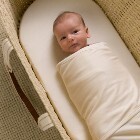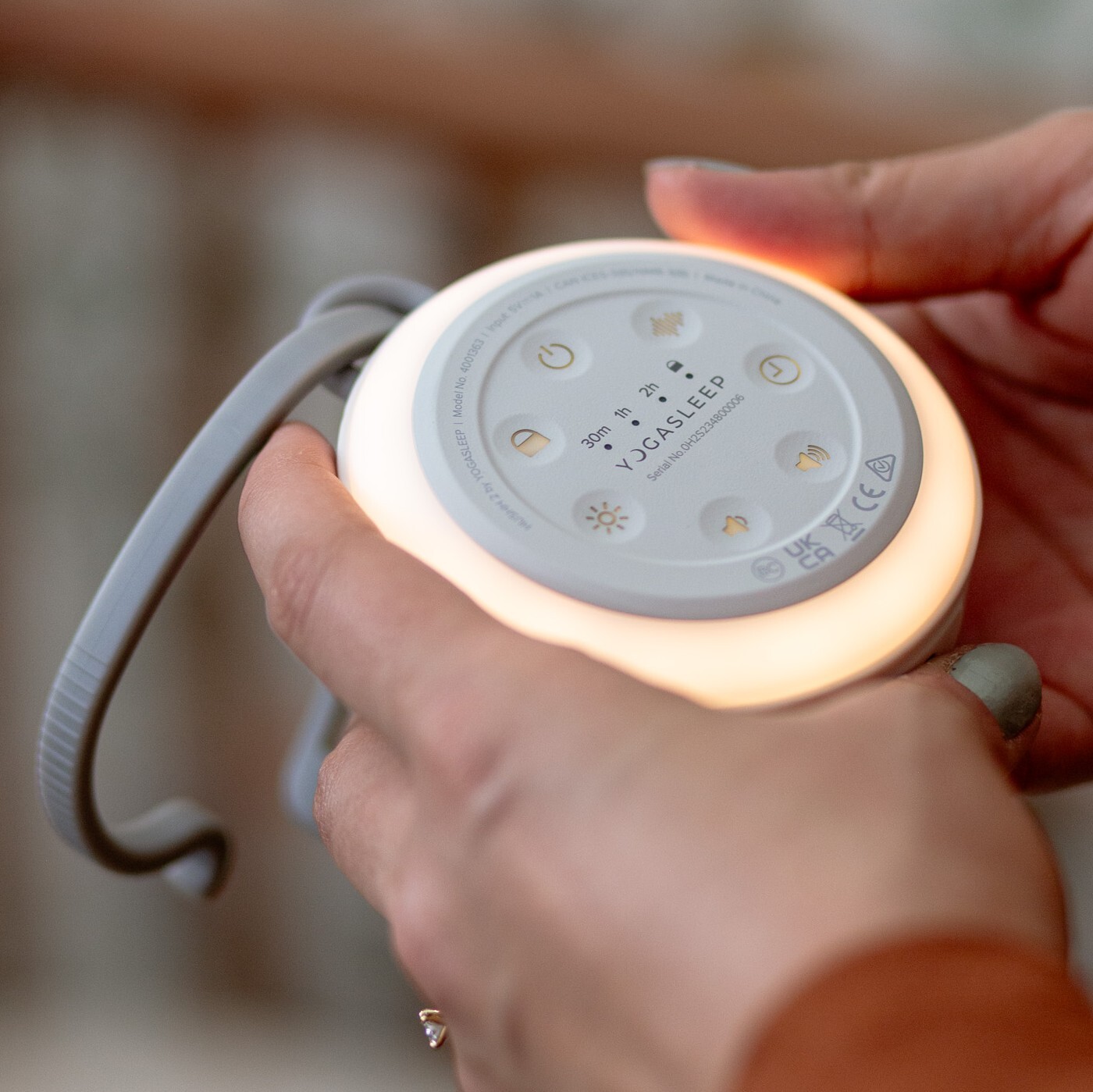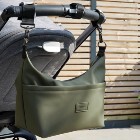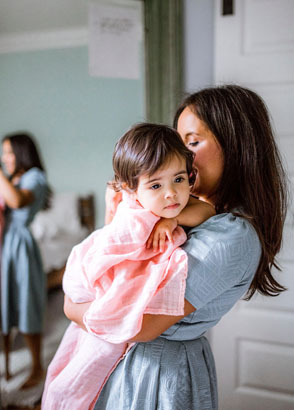The baby sleep problem:
I have a 11mth old son who is not sleeping at night. We try and put him down around 7.00 but he will just scream. I have tryed leaving him to scream but that doesn't work he just works himself up(1/2 -1 hour). This has been happening for 3 weeks now I thought it was teething as he has just got his top teeth.
The only way I could get him to sleep was on me in bed. Then he will sleep though as from all that its now 10pm or if I do get him to sleep early 7.30pm he will awake 10.30 have a bottle and thats it he will scream again and again. Day time sleeps are good 9.00-9.30 he down in the morning and 1.00-1.30 afternoon its just night time.
I have tried a night light also. Two nights ago I was up from 10.30- 3.00 cause he just will not sleep. Can you please help me.
Our recommended baby sleep solution:
Thanks for all the extra information about your baby's sleep. To get him sleeping through the night and settling easily at bedtime you are going to need to teach him to settle by himself.
This is because he currently has a sleep association with you, ie he thinks he needs you to be there for him to fall asleep. So when he stirs in the night, again, he thinks he needs you there to help him fall back to sleep. And as long as you continue to settle him by feeding him to sleep, letting him fall asleep on you or putting him in bed with you, it’s likely to reinforce that he thinks he needs you there with him.
But there are a number of things that are going to help you with breaking this sleep association, and teach him to settle without screaming:
Teaching him to settle without you there:
You have 2 choices here – either a gradual withdrawal of you being there while he falls asleep or a settling method that involves leaving him to cry. For either option, its' essential you do it in his cot and be consistent about him sleeping all night in his cot, every night!
At his age the gradual withdrawal method will involve far less crying but a crying method would probably work quicker. So you will need to weigh up which you are more comfortable with, and which ever you go for, I recommend you a very consistent and stick with your plan until he is sleeping through. It’s also really crucial you use the same technique for all sleeps during the day, and with any waking in the night. If you sometimes let him fall asleep on you or feed him to sleep, it’s going to give him a very confusing message about what you expect.
The gradual withdrawal method basically means you slowly get him used to falling asleep without you. So at present he will go to sleep on you. The next step is to slowly move to patting him or holding his hand while he falls asleep. The do the same for a few nights when he is first in bed, but not until he is asleep. Over a few weeks you will progress to being in the room but not touching him, then not in the room at all when he actually falls asleep.
For more information on all these techniques, I highly recommend the wonderful ‘No Cry Sleep Solution for Toddlers and Preschoolers. This covers a range of toddler sleep issues from age 1 to 6 years, including needing a parent to fall asleep and midnight visits to the parent’s bed. A great investment for any mum of a toddler!!
If you are keen on a quicker solution, and are OK with some crying, you can choose ‘controlled crying’. Controlled crying involves settling him for a couple of minutes then leaving the room for a couple of minutes to see if he settles and falls asleep. You increase the times for leaving him up to 10 minutes. For more information on this technique, The Sleepeasy Solution is an excellent DVD that demonstrates the technique and answers you questions on how to do this effectively.
So choosing your plan for teaching him to fall asleep by himself is a personal choice, that both you and anyone else who puts him to bed needs to make and agree on. But you definitely need to do this and teach him to fall asleep in bed, by himself, or he will continue to wake in the night and need you to help him back to sleep.
Routine:
I would also recommend that you look at his routine as this is absolutely key to getting an older baby to sleep well. Babies of his age need to know what you expect and when you expect it. An effective routine will also make your days much easier, as you can plan when to go out, know when to have him into bed, and ensure he is feeding/has solids at the times that are most helpful with sleeping.
See the excellent book ‘Save Our Sleep’, for an age-appropriate routine. The routines are designed to help babies sleep through the night and are simple to follow.
It’s really important to have awake time after a feed, so you don’t feed him until drowsy or asleep.
Positive sleep associations
You can start to build some positive associations for your baby, so when he sees/hears particular things, he knows it’s time to sleep (and stay asleep). It’s essential that anything you use for a sleep association will be there if he wakes in the night, which is the key difference from a sleep association with feeding to sleep or needing Mum to settle baby.
The best ones are:
Sleeping bag – the process of getting zipped into a sleeping bag every time you sleep quickly forms a clear message to babies it’s time to sleep, and also fixes the problem of waking from cold. Make sure you use a sleeping bag for all sleeps. (I always take mine when I am out, so Tom has sleeps in the pushchair etc in his sleeping bag).
Comfort blankie – For babies older than 7 months, a little blankie or special toy is a great sleep association. You can get him attached to one by getting it to smell like you (put it up your top for a few hours/overnight) and I recommend only letting your baby have it at sleep times. You could also try putting your PJ top or a T-shirt you’ve been wearing in his cot.
Sleep Music or White Noise – Try leaving a sound machine on during the night. You can choose a sound machine with white, brown or pink noise, a gentle lullaby or nature sound (such as waves or rain). Over time you just turn the volume down slightly, so eventually you don’t use it.
So I hope those suggestions give you a way forward. Deciding on the plan is the toughest part – once you start on the plan and really commit to doing what you need to do to get her to sleep by himself, it’s not going to take long. Just take one day at a time, and soon he will be sleeping through.


















